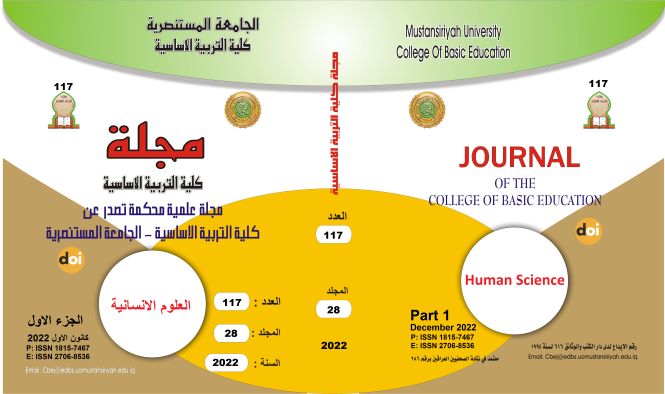The expressive structure of traditional motifs and their formal use in contemporary interior design
Main Article Content
Abstract
The heritage decorations have an important impact on the interior spaces because of their expressive structure in contemporary designs and the blending between the past and the present. This field, where the traditional motifs have taken a creative pattern that attracts the recipient, with the aim of activating the communication between him and the inner space, as these motifs carry a visual identity, expressive and aesthetic meanings, belonging to the first part of the designer, and the second of the recipient, as having the nature of abstraction of decorations and their use in the interior spaces and from through semantic metaphors. And also revealing the nature of the characteristics of the expressive evidence of heritage motifs in the design of contemporary interior spaces and the extent to which identity and privacy are achieved through the use of expressive relationships of detailed decorative data that ensures the enhancement of the vision for this character. The study of (the employment of decorations in event halls) has not been previously studied, especially in Iraq, so this topic was chosen, in order to achieve the desired benefit from it, by the concerned authorities, including institutions, companies and others.
The expressive structure in the decorative formations is one of the basic foundations that should increase attention and its requirements to the level of domination over the overall photography. And that the geometric decorations represent formations that can be formed from linear relationships and the geometric decorations are The planar or stereoscopic or the decorative units implemented are of specific measurements.
Article Details

This work is licensed under a Creative Commons Attribution-ShareAlike 4.0 International License.
